The tech world is buzzing with an intriguing development that could reshape how we think about laptop computing. Qualcomm is reportedly preparing to bring Android 16 support to its powerful Snapdragon X Elite processors, according to NotebookCheck. Android on X Elite. For real. The same chip architecture that has proven itself in Windows machines like the Microsoft Surface Pro 11 is now being tuned for a very different operating system experience.
The timing is no accident. Google recently announced plans to merge Chrome OS and Android, according to NotebookCheck, which positions Android as a legit desktop-class platform just as the hardware finally matures. Leaked firmware components point to development work on core pieces like camera, Bluetooth, and audio, as reported by NotebookCheck. In other words, Qualcomm is not just shoving a phone OS onto a laptop. It is wiring up the plumbing so the experience feels seamless.
What makes the Snapdragon X Elite perfect for this transition?
Short answer: it already works great in laptops. The Snapdragon X Elite debuted in 2024 and has shown serious performance and efficiency in ARM-based Windows machines, as noted by 9to5Google. The pitch for Android is simple: take that efficiency, lose the historical compromises of mobile-first computing, and you get something that feels fast without chewing through battery.
Look at the numbers. Microsoft’s Surface Pro 11, built on this processor, delivers battery life that outpaces traditional Intel-based systems by a wide margin in many tests, according to multiple reviews. Leave the charger at home for the day. You will probably be fine, and Android’s already efficient power management only amplifies that.
Thermals tell a similar story. Heat does not spike, even under strain, as reported by ZDNet. Which means a laptop you can actually keep on your lap. For Android hardware, that could translate to thinner designs and all-day battery, think 12-plus hours of steady use, while keeping the instant-on, phone-like responsiveness.
How Google's Android-Chrome OS merger changes everything
Google’s decision to combine Android and Chrome OS marks a pivot in how it sees computing across screens. The announcement arrived alongside desktop-friendly features in Android 16, according to NotebookCheck, part of a long game to create a unified ecosystem that spans phones and laptops.
Executives from Google and Qualcomm said at the Snapdragon Summit that the merged platform is coming 'next year,' as reported by multiple outlets. The aim, a more consistent experience across Android devices, especially premium ones, according to CNET.
For users, the impact is immediate. With Chrome OS running Android apps natively rather than via emulation, performance jumps and keyboard or mouse support feel proper, as noted by CNET. Picture your favorite phone apps on a laptop, windows snapping into place, multitasking that actually works, and no weird input hacks. Mobile and desktop workflows, blended.
The AI integration advantage
Artificial intelligence is the wild card, and it is where productivity could change the most. Google is leaning hard into expanding its Gemini AI assistant across tasks and daily routines, according to CNET.
Gemini Nano, the on-device version, is especially interesting for laptops and tablets because it can process queries locally without an internet connection, as reported by CNET. Draft a doc in a noisy café, connection dropping in and out, and still get AI writing help, image ideas, or quick data checks.
The shared productivity vision from Google and Qualcomm, according to CNET, reaches past single tasks. Think of context that follows you across apps and screens. An assistant that learns your patterns, anticipates what you will need next, and flows with multi-app work, phone to laptop and back.
Learning from existing hybrid approaches
This idea of blending Android with laptop computing is not brand new, and the earlier attempts are instructive. Lenovo’s ThinkBook Plus Gen 5 Hybrid tried a dual-world design that runs as a Windows laptop and an Android tablet, according to Android Police.
Its architecture splits into two parts: a tablet section on Android 13 and a station with Windows hardware, as reported by Android Police. The surprise was how smooth the software felt. Switching between operating systems takes seconds, and both can run at once, according to 9to5Google.
Lenovo nailed a few things. With the display docked, the ThinkBook boots straight into Windows, and Hybrid Stream lets you run full Android in a desktop window. There is even a dedicated keyboard key for hopping between systems. Very slick in practice.
The tradeoffs are clear, too, and they are exactly what a unified Qualcomm approach is trying to avoid. Complexity and a steep price of $3,518 reflect the cost, reflect the cost of redundant hardware, as noted by Android Police. At 3.87 pounds combined, it is heavier than many regular laptops, and the hooks plus magnets attachment can be finicky. Two computers in one chassis is clever, but it is still two computers.
Where this technology revolution leads us
The convergence of Android and laptop computing on Snapdragon X Elite processors is more than a tech flex; it is a rethink of how we use our machines. Qualcomm engineers are actively building Android 16 support for the current Snapdragon X series, according to NotebookCheck.
Standard Android still lacks a mature desktop shell, as reported by NotebookCheck. Yet the desktop-themed additions in Android 16 show Google is tackling that gap. Lay the groundwork now, then ship devices that blend mobile and desktop habits without the complicated and costly dual-system hardware that tripped up Lenovo.
ARM’s track record on battery life and thermals, as demonstrated by XDA Developers, sets up Android laptops on Snapdragon X Elite to stand apart from traditional x86 machines. Imagine instant-on like a phone, familiar Android apps, true laptop productivity, and all-day endurance.
This is not just borrowing ideas from the Surface Pro 11. It is a new category taking shape. Laptops that start up instantly, run Android apps natively with proper desktop interfaces, last 12-plus hours, and ship with built-in AI that works offline. If that package lands, a lot of laptop makers may rethink what mobile computing should look like.







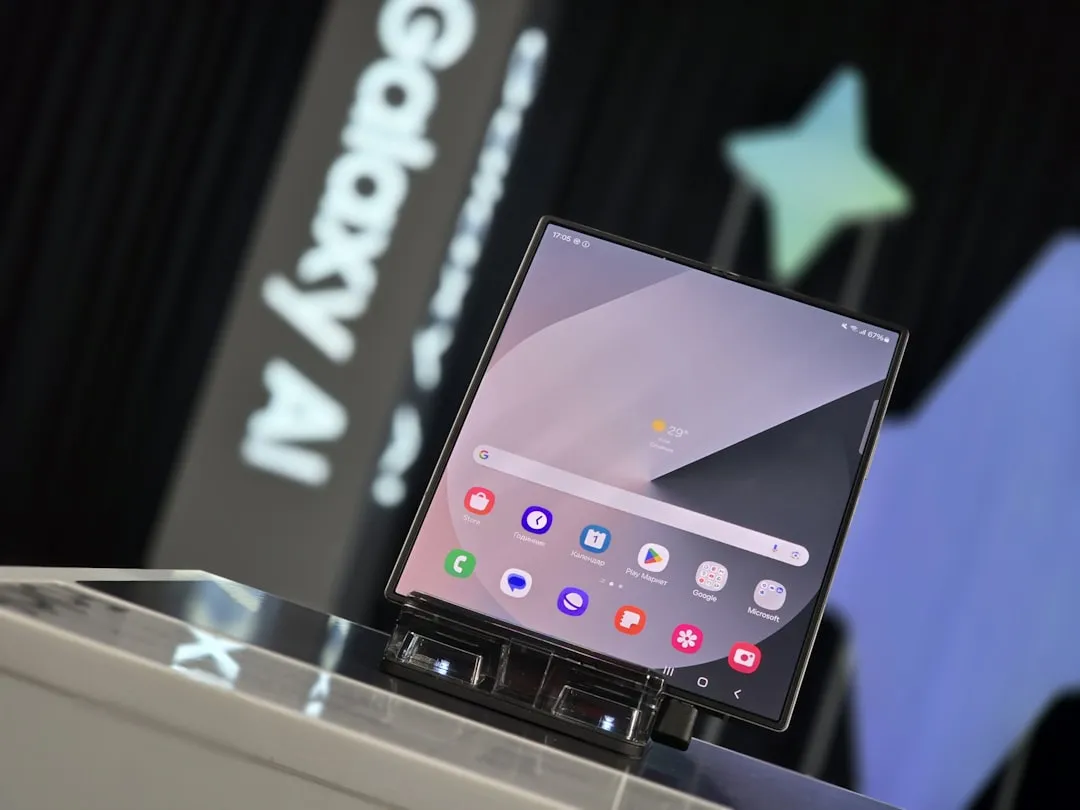



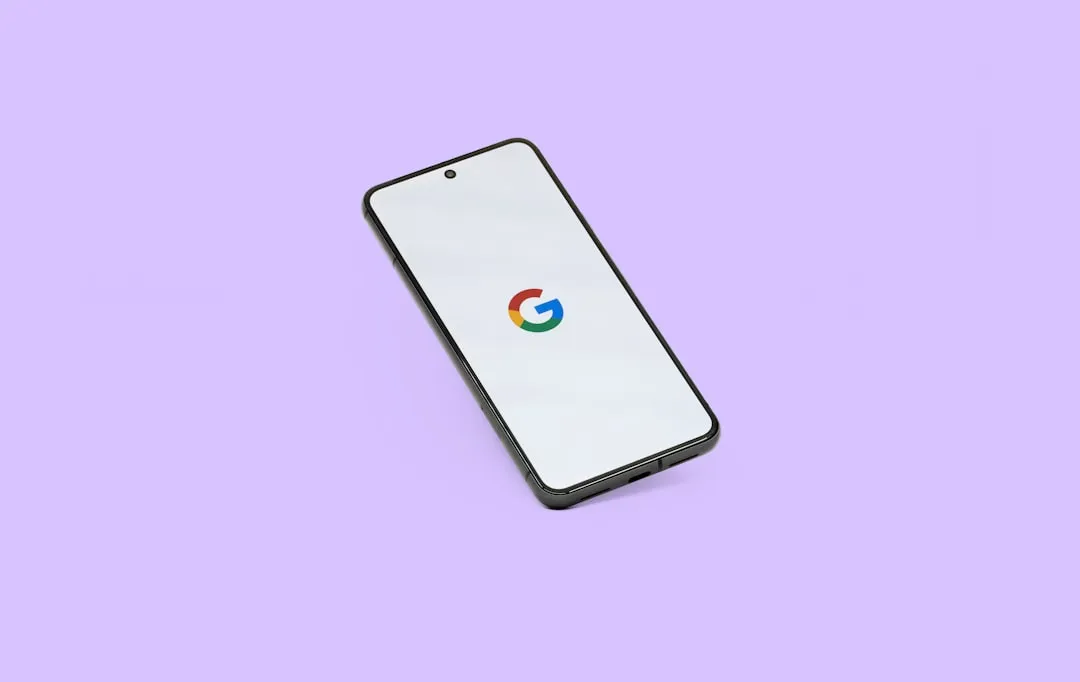
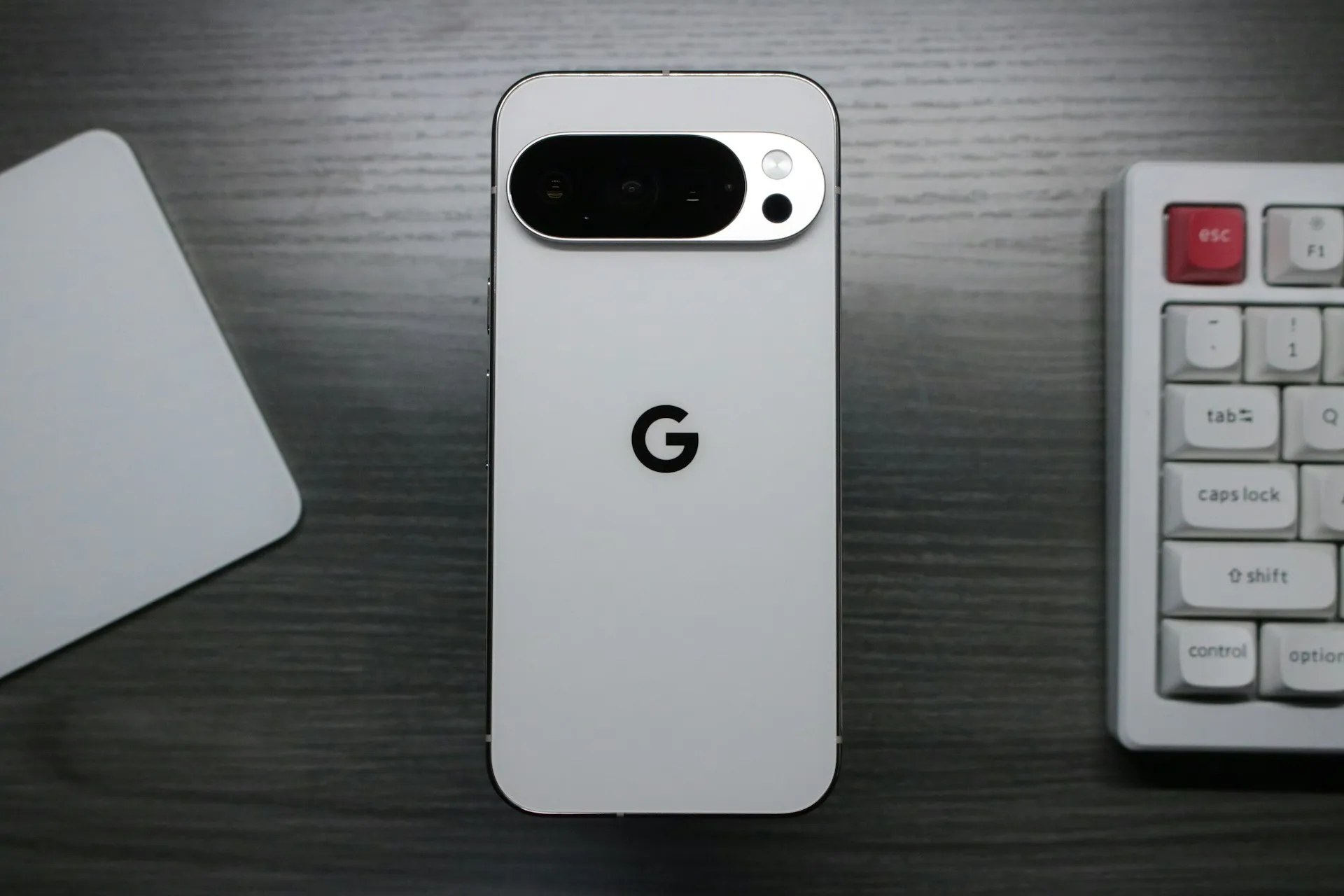
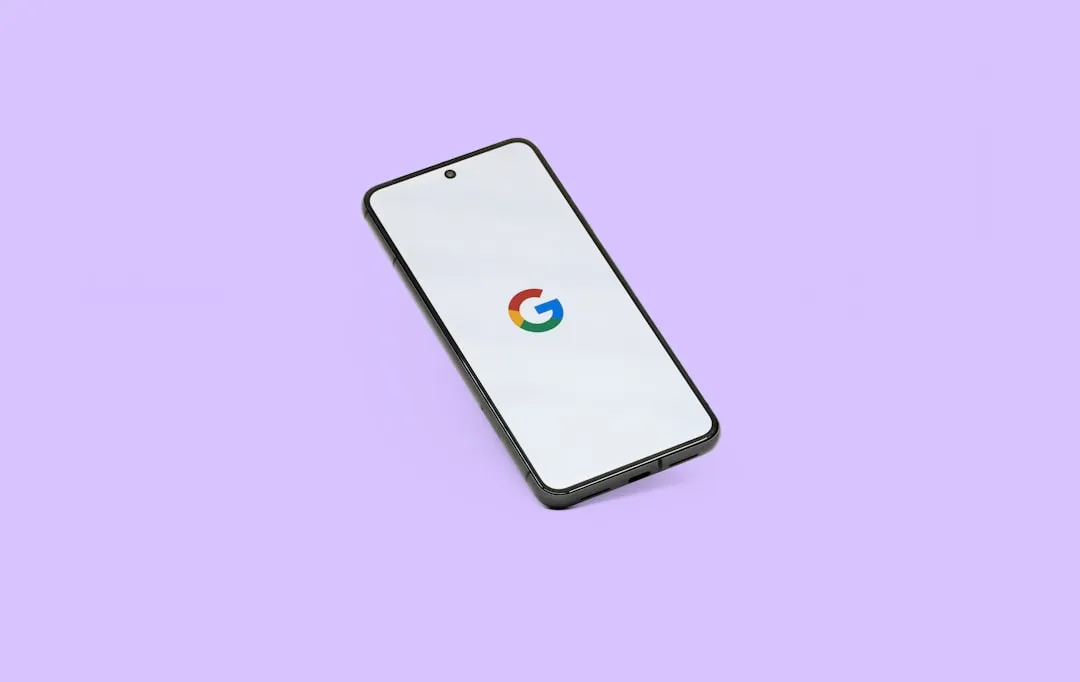

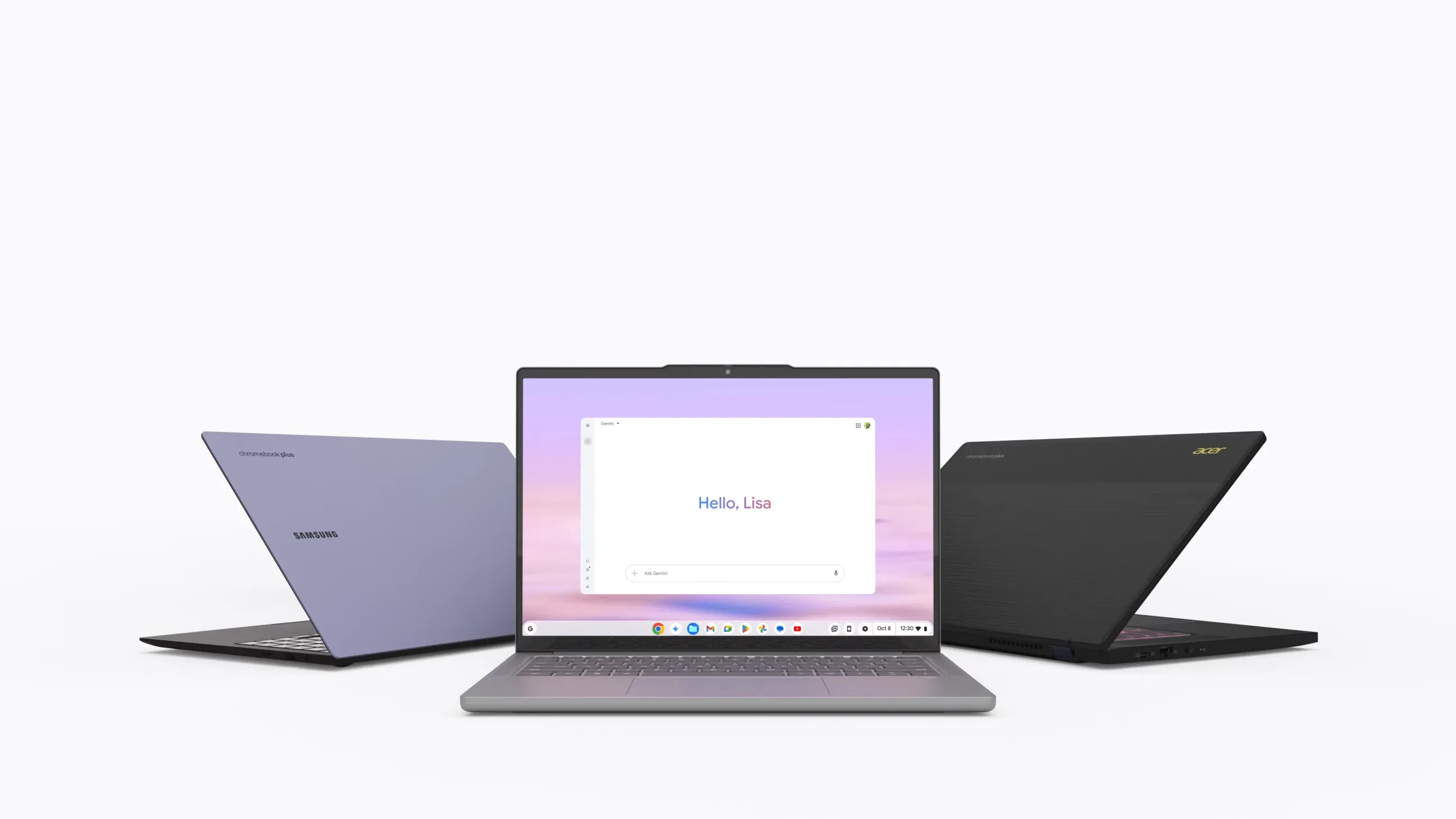

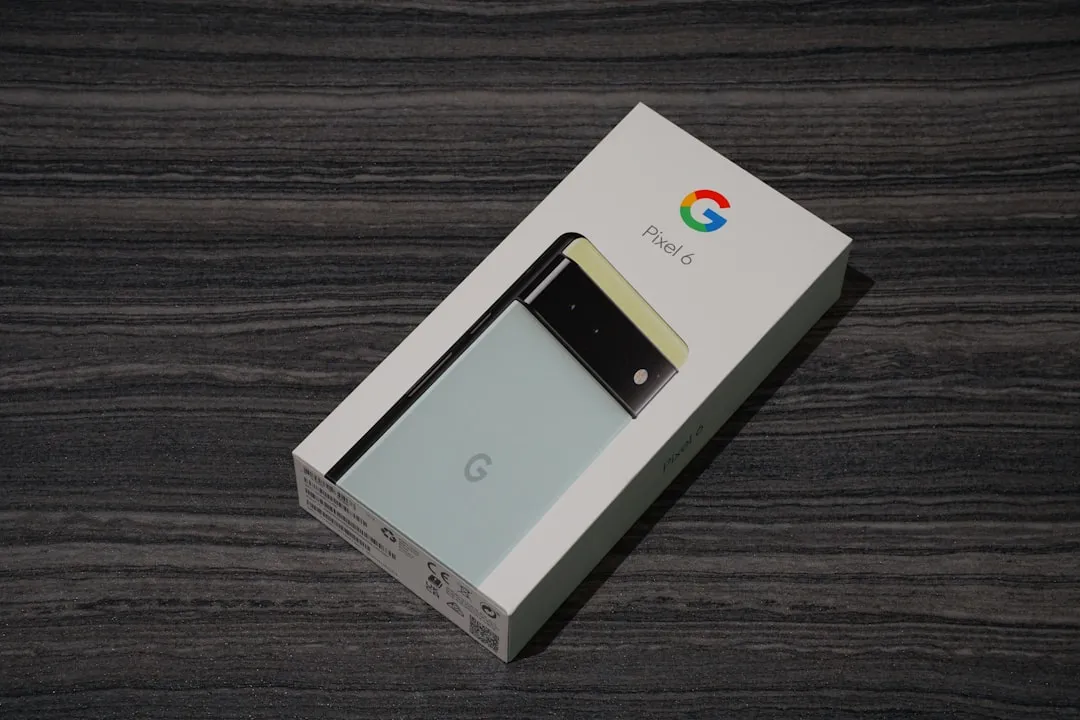
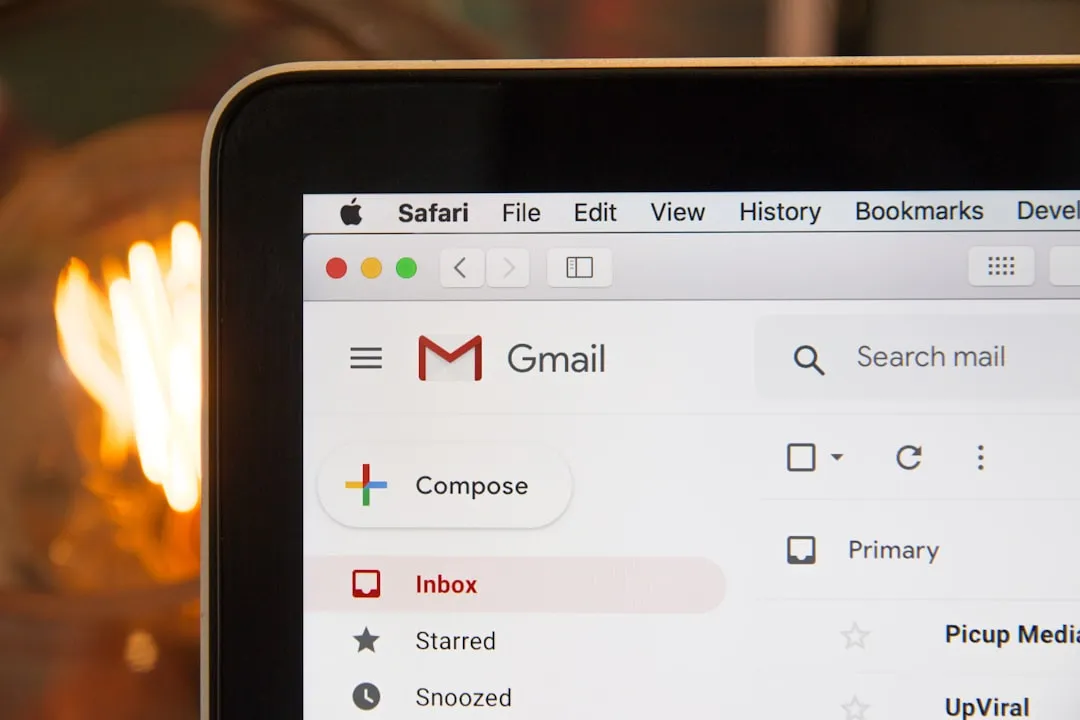
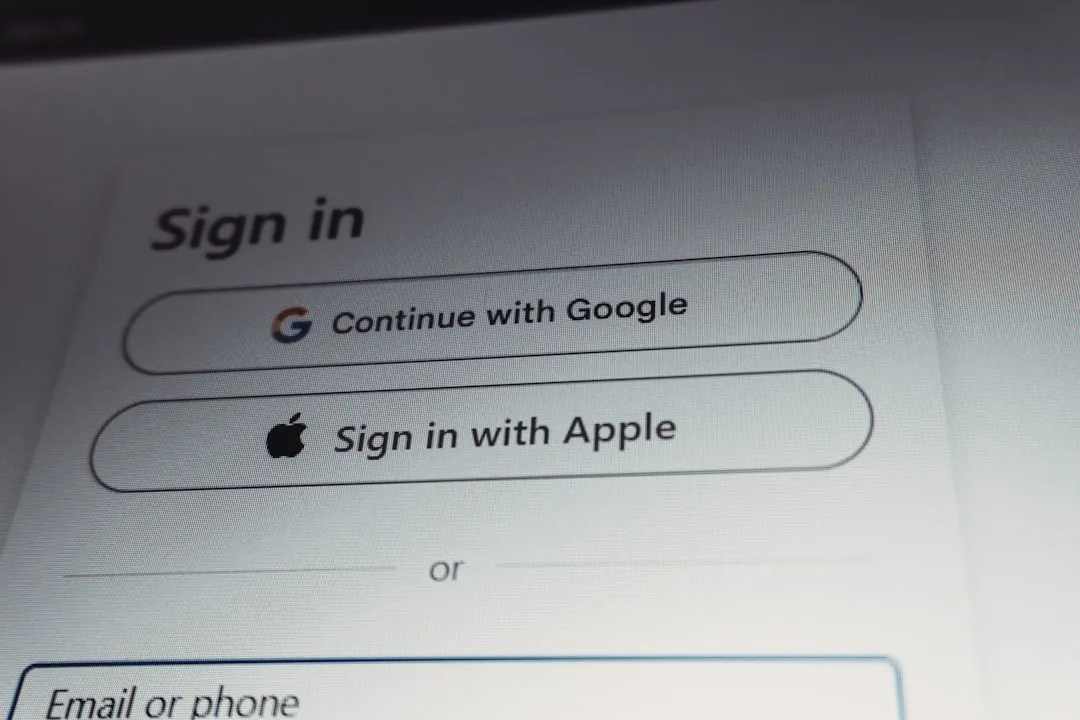
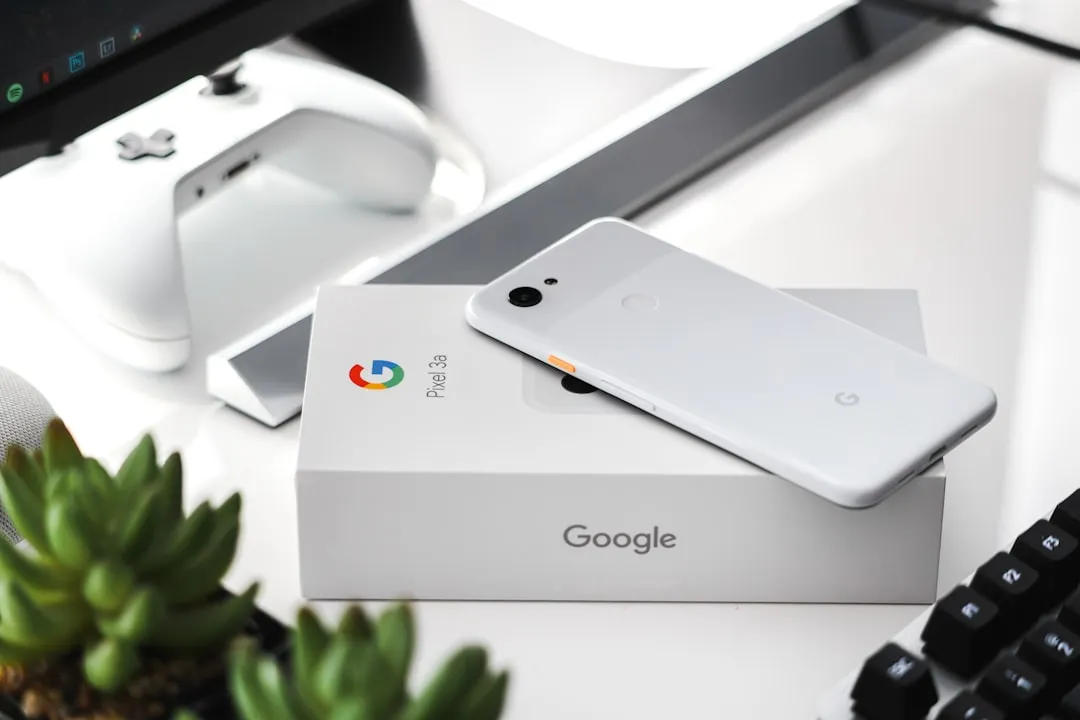

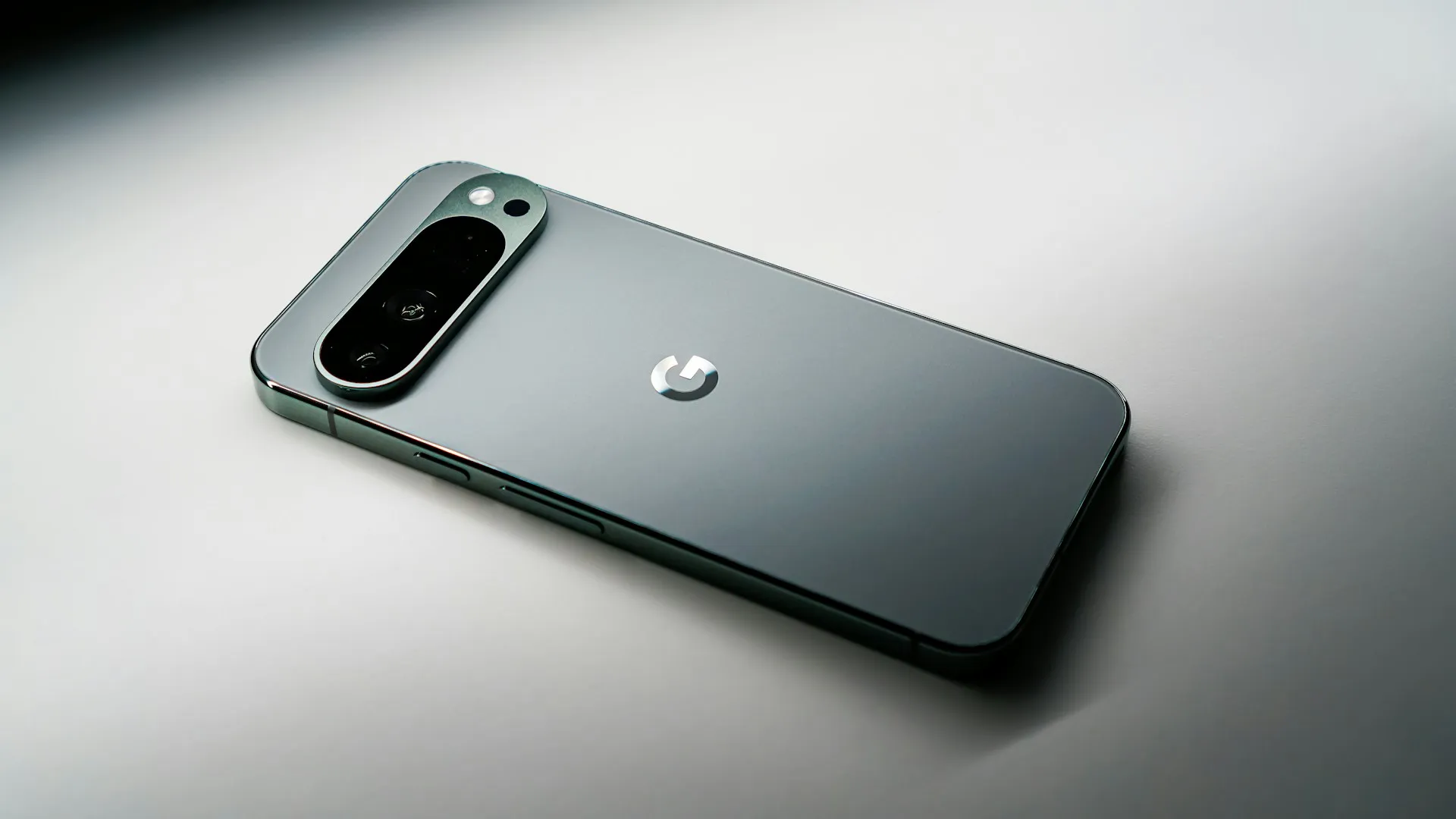


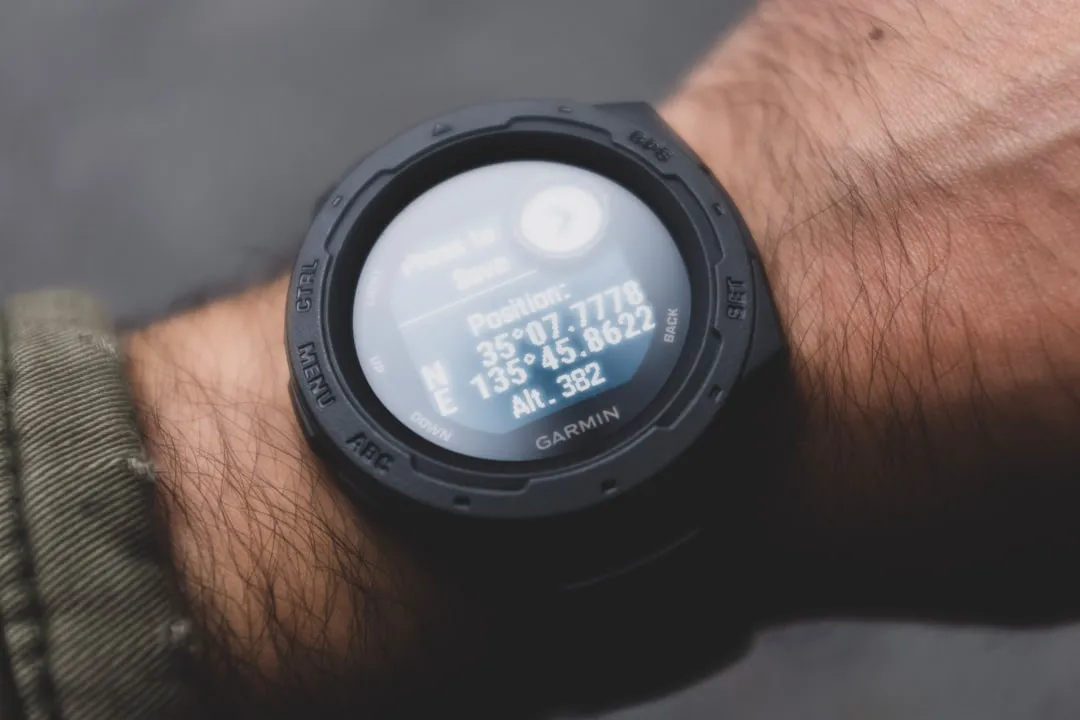
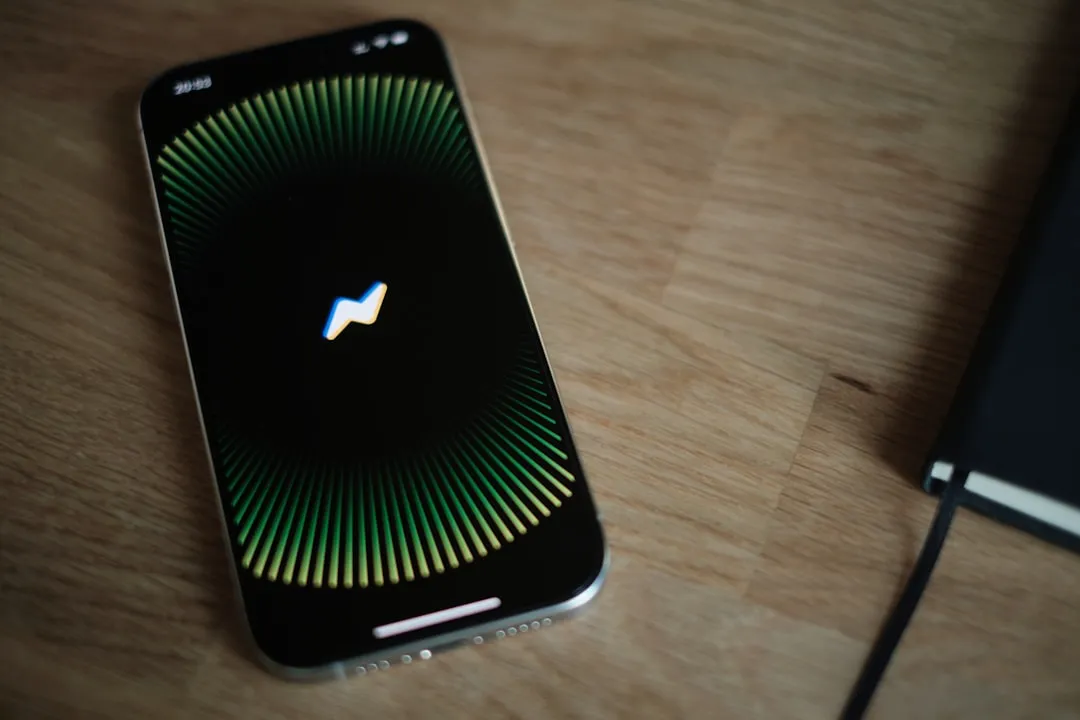

Comments
Be the first, drop a comment!